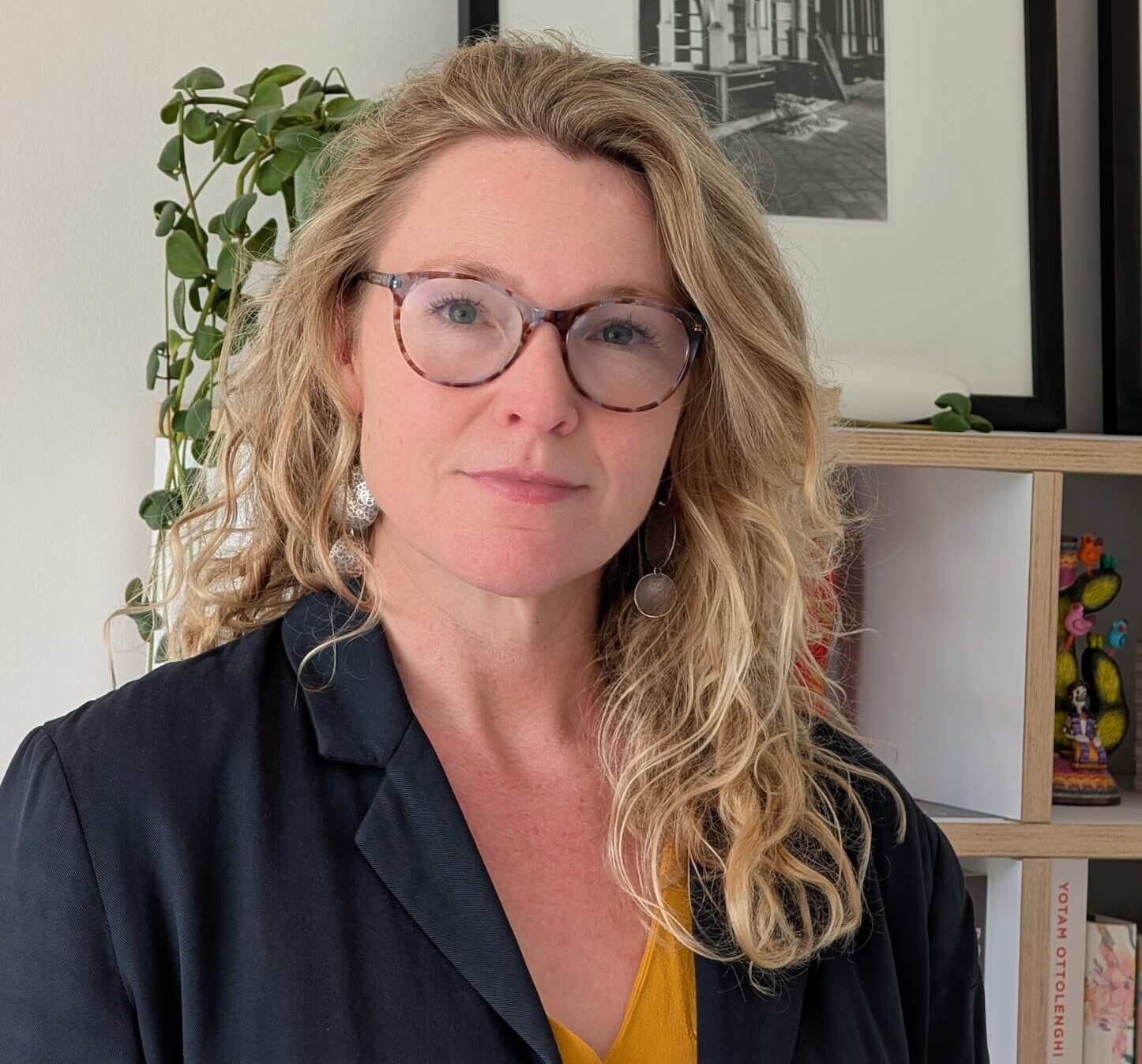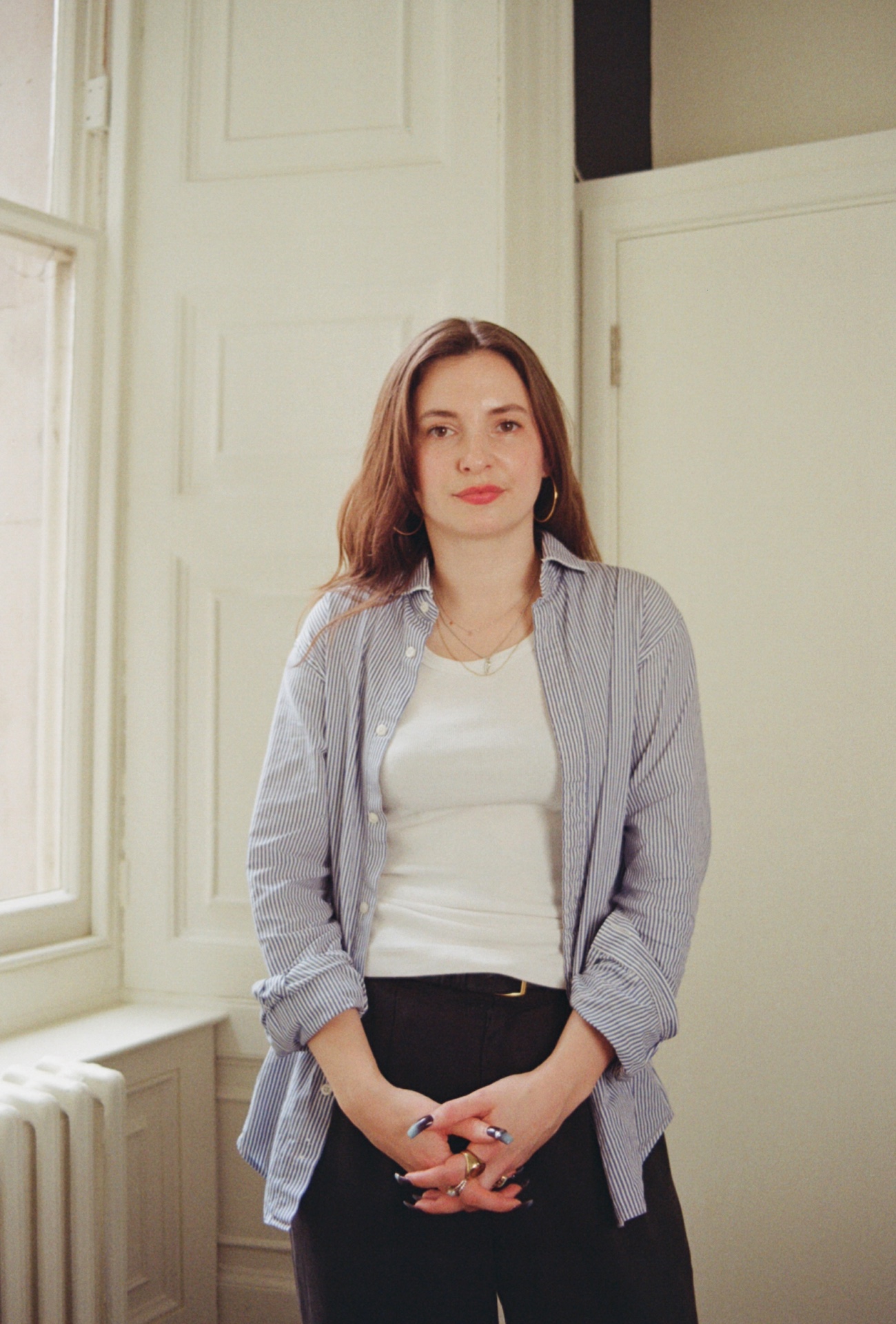


Interview: Jigsaw Art Foundation Director Emma Pilkington
THE WICK: What does your typical Monday look like?
Emma Pilkington:
Every Monday looks a bit different, which is why routine is so important to me, when I have time for it.
Life moves quickly, especially with all the travel between locations. Typically, I’m up at 6.45am to take my stepson to school, after that I go straight to a strength training session. Exercise is a big part of my life, and I try to fit it in whenever I can.
This month is special, because we’re fully immersed in the Nevill Holt Festival, an arts and culture festival we host at Nevill Holt Hall in Leicestershire over three weeks at the beginning of summer. It’s been busier than ever this year, and as director of the Jigsaw Art Foundation and one of the headline sponsors of the Festival, I help manage both sides of things.
Mondays in June are all about catching up and debriefing on the festival events over the weekend — what worked, what didn’t, and what we need to change or improve for the following week. There are always tons of emails to get through after the weekend, so I spend some time working through those too and catching up on other life admin.
By 3pm, the school run rolls around, and it’s a solid hour-long round trip. It’s the only day I have time to do it, so I always make sure it’s a priority. Once my stepson is in bed, I squeeze in a quick sauna before heading to bed myself. Monday evenings are my sacred, quiet time — especially since I’m up at 5.30am on Tuesdays to catch the train to London, where I head to our Jigsaw office in Richmond.
TW: You lead the Jigsaw Foundation, which champions British arts and culture through one of the UK’s most iconic fashion brands. Why is it so important for businesses to invest in art and how do you do this authentically?
EP:
Investing in art through a business like Jigsaw isn’t just about ticking a box or executing a PR campaign. It’s about genuinely supporting creativity and culture, at a time where it needs it most.
Art has a unique way of inspiring, challenging, and shaping society, and businesses have the opportunity to play a part in that transformation. For me, it’s essential that companies not only invest in art but do so in a way that feels authentic and aligned with their core values.
TW: The Foundation supports a wide spectrum of creative talent, from emerging voices to major national institutions. How do you decide which artists or projects to support and what do you look for in a cultural partner?
EP: The Jigsaw Art Foundation supports arts and culture across the UK, and at our core we are about championing emerging British talent. We love to look for projects that push boundaries, challenge conventions, and introduce new perspectives. Emerging voices might be especially appealing if they bring fresh ideas to the table, while established artists might be valued for their continued innovation in their craft. Above all, we look for art that fosters conversations and changes people’s lives.
TW: The Jigsaw Art Foundation is sponsoring the Nevill Holt Festival 2025, a cross-cultural celebration of art, literature, and music. Why is cultural connection between industry vital and what are you most excited about at the Festival?
EP:
The cultural connection between industries is so important because it opens up opportunities for collaboration and understanding. When art, literature, and music come together, it creates something much more powerful — there’s a kind of magic that happens when these different forms of expression merge. It allows us to explore new ideas, challenge the status quo, and push boundaries in ways that wouldn’t be possible if we kept everything separate. Especially today, when the world is so interconnected, these cross-disciplinary connections are vital for creativity and growth.
As for the Nevill Holt Festival 2025, we’ve been thrilled to bring together emerging artists alongside some really established names, such as Glenn Brown and Sir Michael Craig-Martin in conversation with Marco Livingstone, Chila Burman in conversation with Jonathan Badyal, and Yinka Shonibare in conversation with Eva Langret. The way the festival blends art, literature, and music in such a beautiful setting like Nevill Holt Hall is something I love — it’s a very immersive experience. Plus, there’s always something special about watching art come to life in a live setting, and seeing it all happen in such a beautiful space just adds to the excitement.
TW: If you could collaborate with any artist (living or past) who would it be?
EP: Bridget Riley
“Art has a unique way of inspiring, challenging, and shaping society, and businesses have the opportunity to play a part in that transformation.”
TW: What excites you most about the next generation of British visual artists today and who is your eye on for your own collection?
EP:
There’s so much happening right now in the British art scene, and what excites me is the next generation of diverse, experimental, and unafraid younger artists.
We’re seeing a beautiful shift in the conversation, with younger artists blending various mediums — everything from digital art to sculpture, fashion, performance, and social activism. They’re not just creating to express themselves but also challenging existing narratives, and redefining what art can be in the process.
We’re currently supporting the Caroline Walker: Mothering exhibition at The Hepworth Wakefield, and I love her work, as well as the Richard Wright show at the Camden Arts Centre. I’ve also just returned from a trip to Trinidad, where I had the chance to visit several local artist studios and purchase some of their pieces.
TW: What’s your must-have fashion or beauty item for attending a gallery opening?
EP: Those who know me best know my ride or die is lip balm. I’ll carry this round all evening in an utterly impractical evening bag that won’t fit my phone but never fails to spark conversation. As for footwear, I only opt for more comfortable shoes like trainers, my days of teetering around on the London Underground are behind me!
TW: What’s your favourite Culturally Curious spot to spend time?
EP: The National Portrait Gallery. The recent renovation has done many amazing things, one being a new space to enjoy a drink or snack before you enter. If you haven’t been recently, you’re missing out.
TW: Fashion and art have always been in conversation. What would be a dream goal for the Jigsaw Foundation to achieve in the next decade?
EP: Given that fashion and art are inherently intertwined, both speaking to identity, culture, and expression, a dream goal for the Jigsaw Foundation in the next decade could be something that elevates the intersection of these two fields in a way that has both cultural and social impact.











